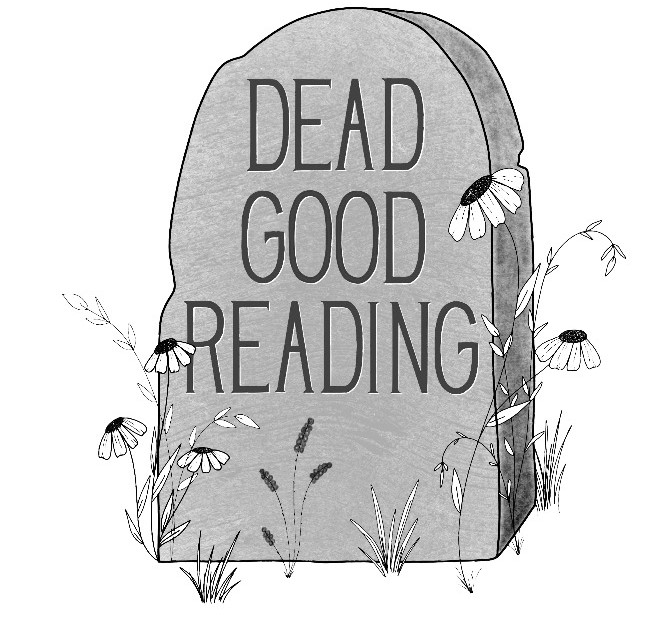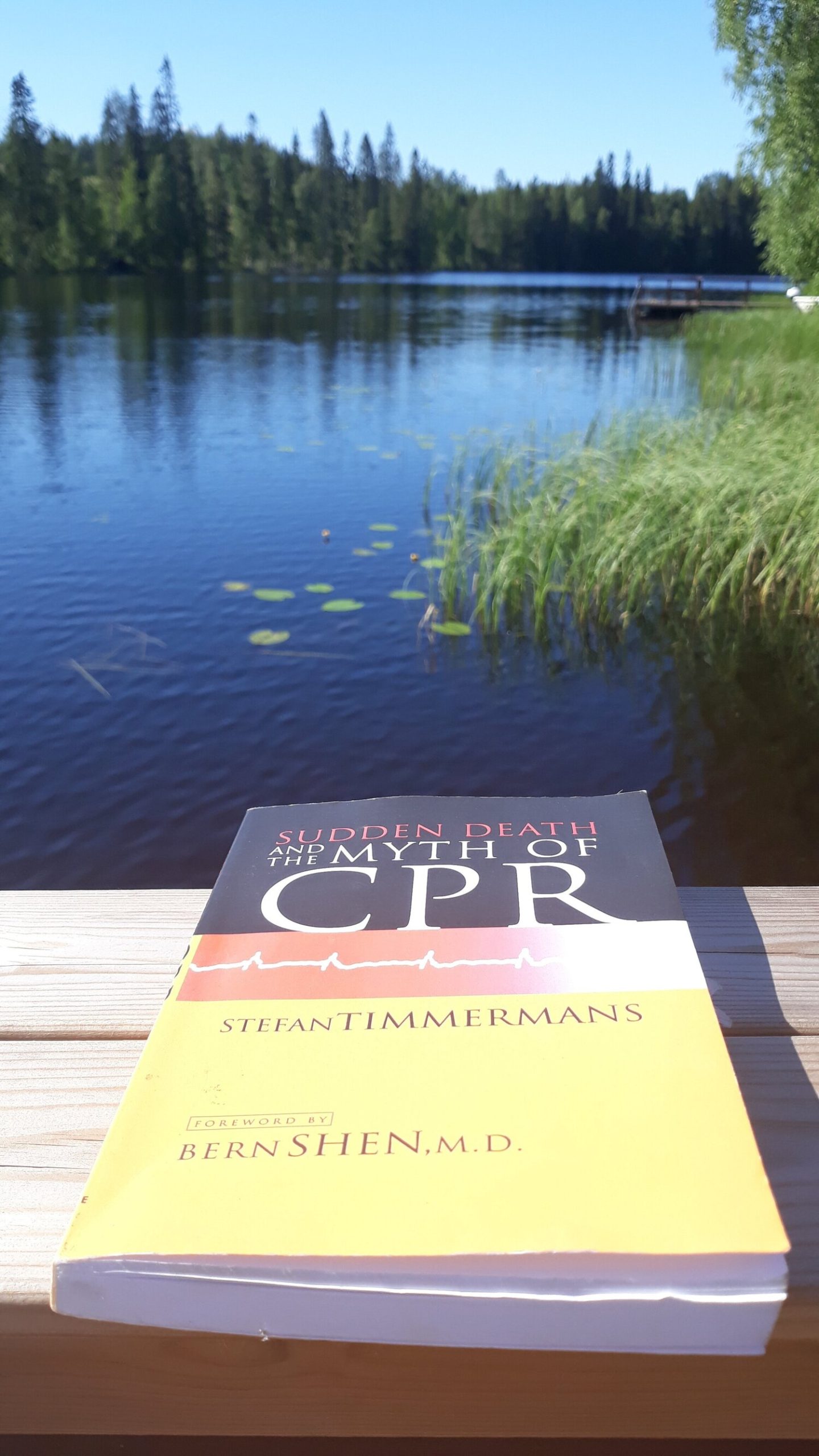June 12 was a historic day: Finland played its first ever match in a European Championship. In Helsinki people were buzzing (in their own homes, quietly, per Finnish style). Shops were filled with scarves, shirts, hats, and other types of Finnish memorabilia. Covid may have made the Finnish people wait an extra year, but they were ready, and while the game wouldn’t start 10PM Finnish time, my friends sat down with their kids in anticipation of a great game.
It was with great horror that a continent, dare I say the world, watched Danish player Christian Eriksen go down on the field. As viewers, we did not know what was happening, and I remember saying to my partner ‘Are we watching a man die on the field?’. A stadium filled with people went quiet. The director clearly did not know what to do as we all witnessed CPR being performed live on TV. Eriksen’s wife was filmed, clearly in distress. Danish players were shielding Eriksen’s body, visibly emotional. Subsequently he was also shielded by Finnish flags, which were hanging close by. We witnessed players and supporters on both sides in tears. I was wondering why an ambulance was not at the scene, they should be able to drive on the field. But most importantly I was wondering; why are we still watching this? Why didn’t they cut the broadcast? I can honestly say this was the first time I ever cried watching football.
This segues into discussing the first academic book on this blog: Sudden Death and the Myth of CPR by sociologist Stefan Timmermans. The first few chapters offer a historical overview on the development of what we now call cardiopulmonary resuscitation (CPR). The remainder of the book offers rich ethnographic material on how medical professionals use CPR in practice, and the many ethical dilemmas they face when using this technique.
CPR has seen many predecessors, and Timmermans carefully outlines the evolution of this method, and the changing social attitudes towards this ‘tool’ to prevent dying. For a long time it was believed that trying to resuscitate people was blasphemous and intervening with the will of God. Importantly, the emergence of CPR techniques thus went hand in hand with the idea that death was not inevitable, but something that potentially could be reversed.
The case of Eriksen has shown the purpose of CPR and the success of CPR when done instantly and correctly. Yet very early in the book Timmermans states a clear message, which should be common knowledge to the general public but sadly is not:
“Few people know that death is by far the most common outcome of out-of-hospital cardiopulmonary resuscitation. ”
— Sudden Death and the Myth of CPR. Page:4
It is unclear how many people survive CPR attempts, and as this book was written in 1999 the odds may have improved (but they may well have not, I’ll invite medical professionals to comment whether techniques and success rates have improved since the publication of this book). While many hospital-based TV series and films depict CPR as a way to magical shock people back into life, the reality is that Eriksen is one of the lucky few. Yet the myth of the success of CPR prevails.
Cardiac arrest is a form of sudden death. A death that is often unexpected or unannounced.
“We approach sudden death not as an event that needs to be more dignified but as “premature” death, a death that could have been avoided if we were able to apply the right technology quick enough”
— Sudden Death and the Myth of CPR. Page:11.
Timmermans describes the tensions between cultural understandings of what good dying looks like and the reality of when such a death occurs. Many people state that they would like to die when they are asleep, just never waking up again, or that they’d like to die ‘quickly’. This type of dying would typically occur due to cardiac arrest. But in many cases when cardiac arrests actually happens, medical professionals are called to the scene, and they intervene in this type of dying. My grandfather died on the bathroom floor of my grandparents’ house. He had fallen on his way to the toilet. My grandmother had found him unconscious on the floor and called an ambulance. When the paramedics arrived they tried to revive him, because they were required to by law. (Although one of my aunts, who lived close by, would later recall ‘ they didn’t ‘really’ try, they kind of pretended to try.) He had been 90 and quite frail at this point, but whilst very close to the end of his life, medical professionals still had to try to ‘safe’ him. Looking back, I have sometimes wished he had resisted the urge to pee, so he could potentially have died in his bed. But apparently nature continues to call until the very end.
Timmermans states:
“(…) sudden death does not fit in the current death-awareness discourse. In its pure form, it is very close to our contemporary conception of a ‘good’ death, while in its current practice it is the exemplar of death to be avoided”
— Sudden Death and the Myth of CPR. Page:28
The example of my grandfather (whose death I would argue was definitely not sudden, but in a way still seen as ‘too soon’) , and many examples in the Timmermans’ book highlight the medicalization of dying and the end of life, and the friction between what people think they want versus the reality of both what they think they want would look like, and what actually happens. The case of Erikson also shows the role age plays in understandings of sudden death, as it is generally accepted that 29 is way too young to die.
In the appendix Timmermans reflects on the methodology used in his book, which points to a difficulty that many death scholars still face to this day: how difficult it is to involve dying people in research. The medical and ethical boards of Timmermans’ study sites did not give approval to him interviewing patients or the family members of patients who had survived CPR attempts. This ethnographic book is thus predominantly based on the experiences of healthcare professionals. Patients would have offered another layer of understanding to the complex world of CPR. Anyone interested in studying dying (as opposed to death) will face many barriers and gatekeepers and will have to justify why people at the end of life would or should want to spend time with researchers. Personally, I do hope that dying people will be included in more research. The interviews I conducted with older people for my PhD have shown how this inclusion in research can be one way in which dying people can continue to feel to have a purpose in life until the very end.
Finland did win their match against Denmark. But it was a bittersweet victory as players had been given the ‘choice’ to continue the match that same evening, or the next day at noon. Finland has exited the Euros after the group stage. But at the time of writing Denmark is still very much in the running and due to play England tonight in the semi-finals. Let’s hope for all our hearts sake it’s a win for the Danes. (Edit: they did not – looks like England is bringing it home).


Leave a Reply